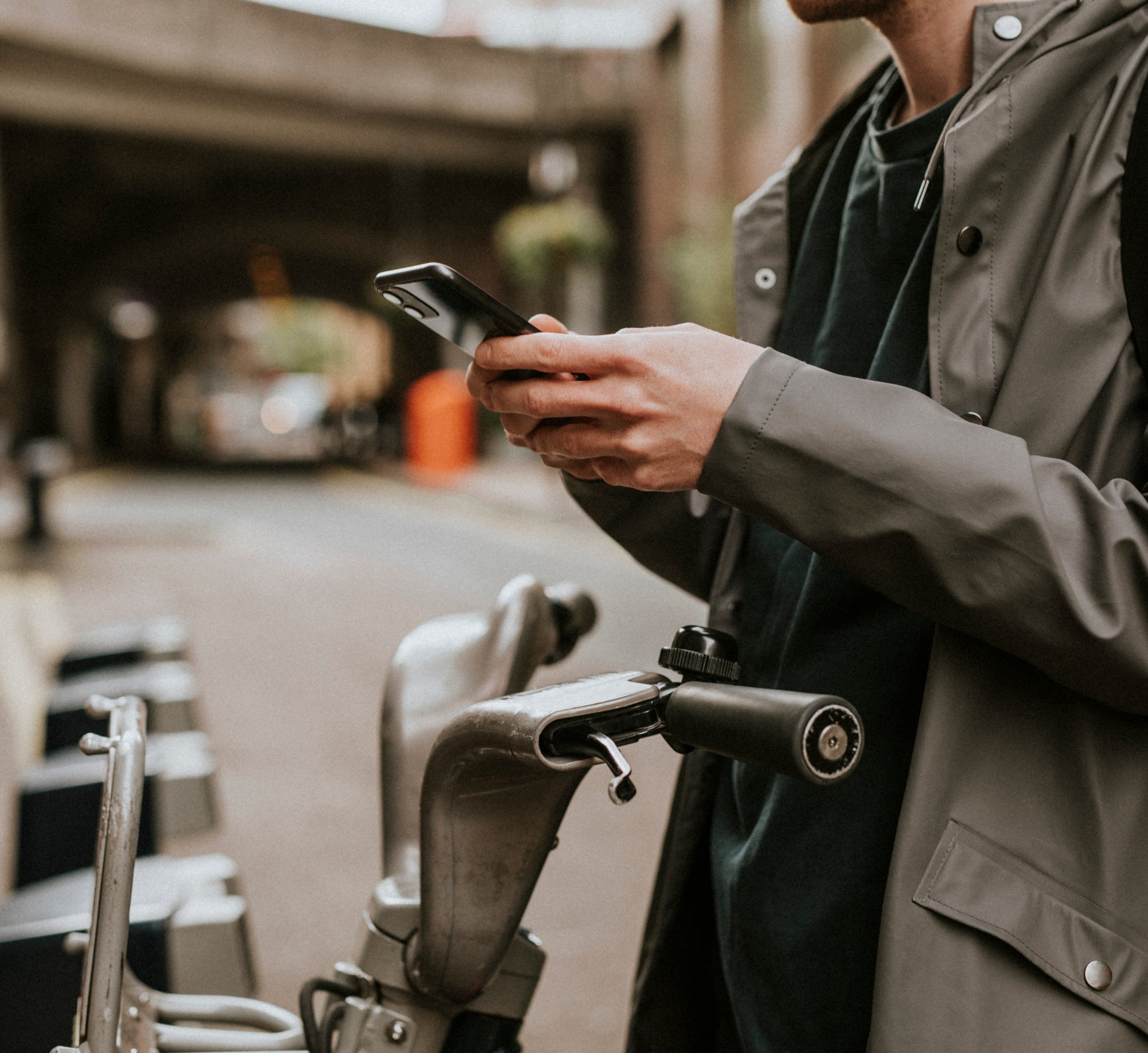Transport for London
Keeping London moving with mobile
Building Transport for London an essential toolkit for all future mobile development

Get to know Transport for London
TFL
People over process
TFL
Embedding greater agility
TFL
We’re excited to be creating the beginnings of a pipeline — and a way of prioritising the ideas in it — that will give us greater visibility of where we should be focusing our efforts. We’ll be able to support the business more proactively — with faster, more efficient and more valuable solution production.
— Nick Hawker, Business Solutions Manager, Transport for London











